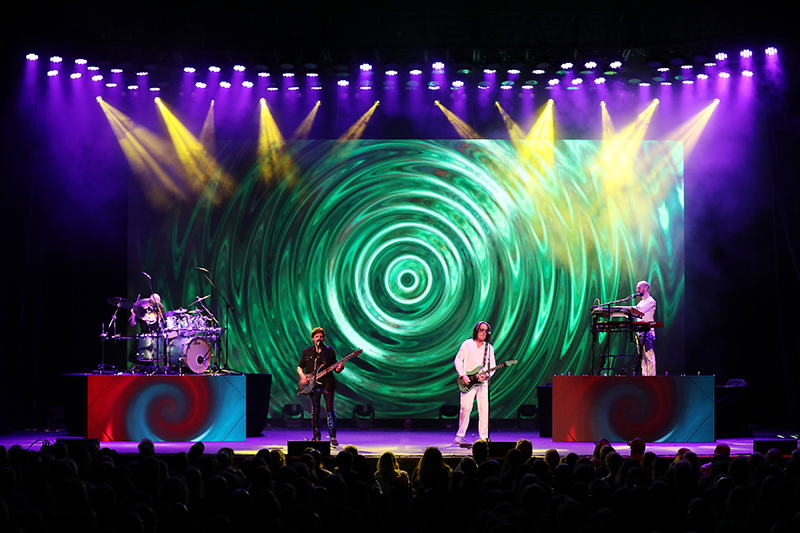
Longtime LD for Alan Parsons, Todd Rundgren and Others is an Industry Workhorse
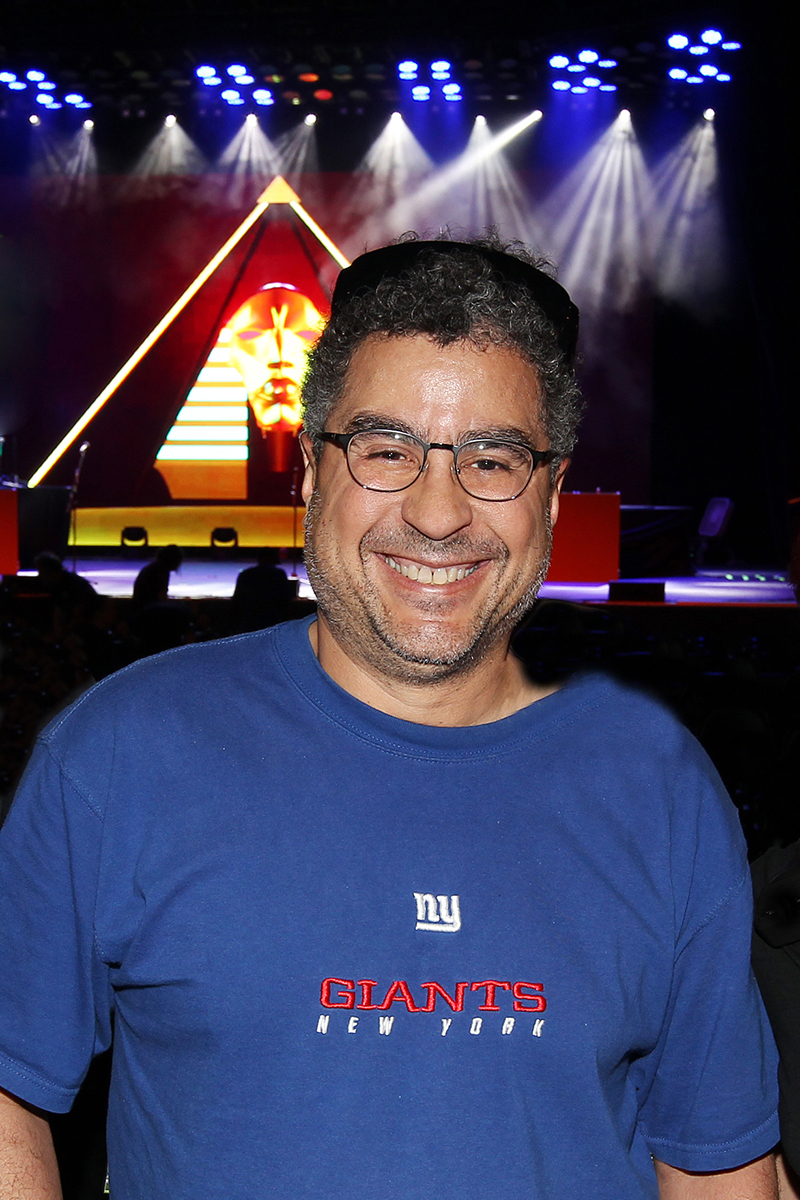
Safe to say, few people want to find themselves lying on an operating table while a retinal surgeon put 2,200 stitches in an eye. Oh, and then you’re woken up during the operation with needles sticking out the eye…you know, to make sure it’s working. If that not-so-hypothetical person is a lighting designer, then the stakes are even higher. “But it was okay, because he was a huge Alan Parsons fan and had the Eye in the Sky album playing during the operation,” Thomas says, smiling. “He said during the whole time, my fingers were moving in time to the music” presumably on some imaginary console. Prior to being wheeled into the operating room, he had built a successful career lighting Parsons, Todd Rundgren, D’Angelo, Erykah Badu and Jill Scott, among many others. And now all that was on the line.
“I had a detached retina [with] a macular hole and was 100 percent blind in one eye. Then I had an epiphany: Take care of yourself. I was jumping in these [tour] trucks all the time, doing all these things, running from 8 a.m. to 2 a.m.… then, at 56, I was becoming blind. I realized I can’t do that to my body anymore.” He was out of commission for six months and “was really scared. I didn’t know what else I could do” if he lost his sight. Gratefully, the surgeon proved masterful and he did return to the lighting console and the road. But it’s made him more reflective.
“I’ve had the opportunity to work with A-list guys through the years — Roy Bennett, Peter Morse, Bryan Hartley and many others,” he says. “Twenty years ago, I would have driven off a cliff to do anything for anyone at that level. Now I’m in a comfortable place of my career, and I’m happy with my knowledge and ability. I don’t feel I have to go out there and chase down that Next Big Gig. I don’t need to do the Olympics or the Super Bowl. I’m very happy with doing big things with smaller productions.”
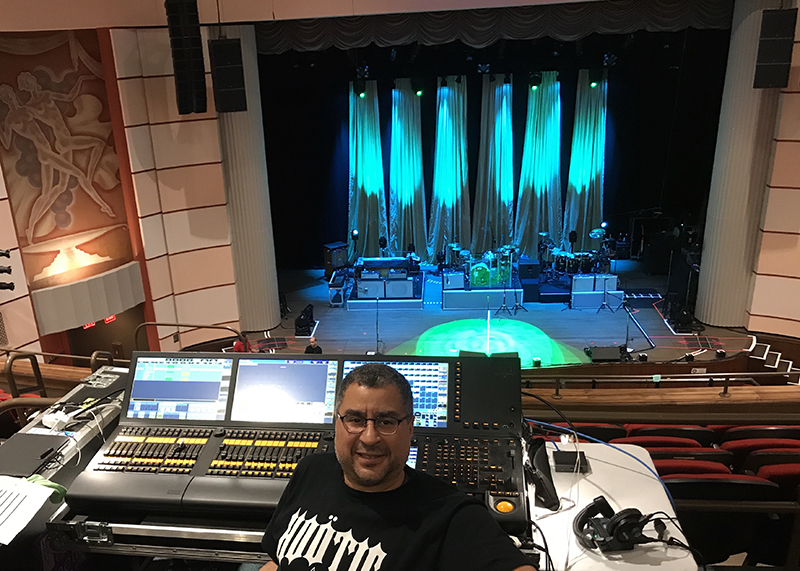
Opening Doors
Thomas is a self-described military brat, thus moving a lot around as a kid. He is grateful that as a teen he mostly lived in New York City, where he got to attend the High School of Art and Design as an Architecture major, where he got exposed to technical theater. A buddy connected him with a popular club band called Shobiz, and away he went. After regional touring with metal and pop acts in the early ‘80s, he got a “real” touring act for the first time — a tribute band performing music from The Doors that did 300 dates a year. He got noticed for effectively recreating the original band’s visual vibe, even earning kudos from original Doors keyboard player, the late Ray Manzarek. Yet it was all far from glamorous: “It was me and two crew guys in a Ryder truck, and I kept thinking, ‘I should quit.’” But a ticket to the touring Genesis show that featured Vari-Lite “intelligent” light sent any thought of renouncing touring to the grave. “I was blown away by that show — I thought it was the most beautiful thing I had ever seen.”
The young man eventually headed West, where he got a job with the Arizona Cine Equipment Company. They mostly supplied lights to movie and commercial shots, but the owner was interested in expanding into concert work. Through that company, he connected to lighting designer Jim Chapman (Aerosmith), who took him under his wing. In 1988 he went out on the R&B “Slammin’ 88” Tour. “They brought me on as a lighting director for that, where I got to work with Robert Roth and Jim Chapman. I worked with an Avo QM500 and hung a lot ACL PAR cans, and then they threw 12 bands at me, all playing about four songs, until the closing act, Salt-N-Pepa closed out with a full set. That tour was great because I met so many up and coming acts.” This included Tony Terry, Heavy D & the Boyz and Kid n’ Play. “The artists said once they took off, they’d call me.” Imagine his surprise when they actually did, and soon he had all the work he could handle. “I ended up in a really good loop, and the phone was always ringing.”
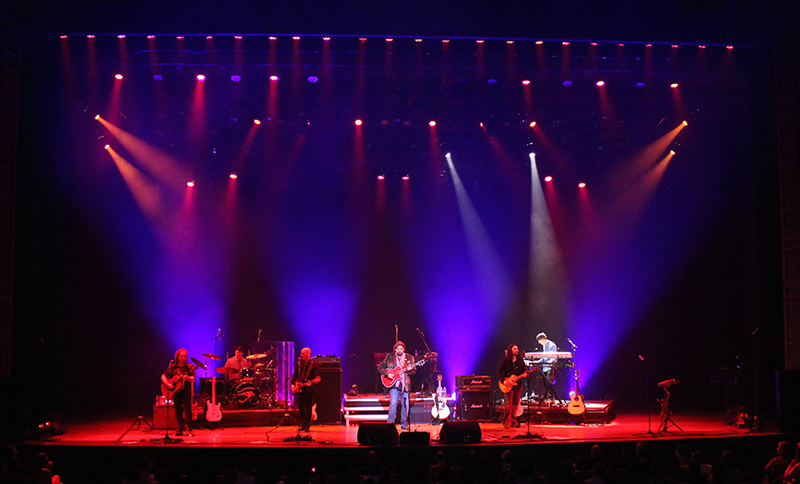
What Is My Vibe?
Meanwhile, he connected with Paul George from The Obie Company in Torrance, CA. “He asked me if I was interested in learning the Chameleon Telescan Mark-2 and Mark-3 automated projectors. I said ‘Sure,’ and I went back out to have a two-week training with Arnold Serame.” It proved a pivotal move because his ability to run those and what was considered the console of choice at the time, the Compulite Animator, landed him on the Tina Turner What’s Love? Tour of 1993 working with the likes of Peter Morse (lighting designer) and John Malamazian (lighting director). “A bunch of us guys sat in a studio for a month and programmed the show, and then there were constant rehearsals. But the Telescans were short lived — big as refrigerators, and they didn’t work all the time.”
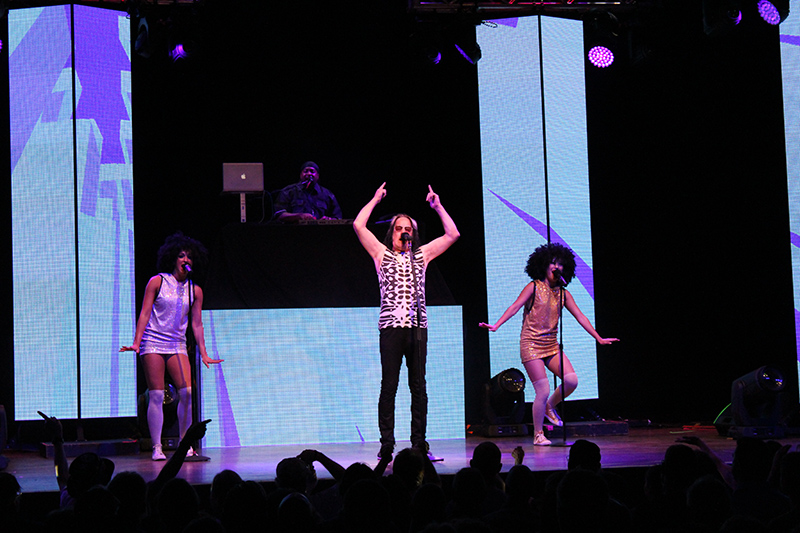
Next, work with Barry Claxton (currently a PM with Screenworks/NEP) of Light & Sound Design (LSD) opened up, and Martin found himself working a variety of corporate and trade show events. You can’t always plan career trajectories, and in the spring of 1999, he went out with Insane Clown Posse as an electrician in a two-man crew with Joe Paradise. “At a show in Minneapolis, one of the stagehands asked why I was out with this group, as it didn’t seem to be my thing,” he laughs. “I started thinking, ‘What is my vibe?’” Next was an artist at the other end of the spectrum, Sarah Brightman, on the One Night in Eden tour. “That was a Patrick Woodroffe-designed tour, and I went out and had a blast. I thought it could not have been a better change for me.” Next was a major turning point, work with a new artist, D’Angelo. “That was a lucrative tour. It was one of those that, once I got him, the phone didn’t stop ringing. I was the first call for every neo-Soul act, most notably, Erykah Badu.”
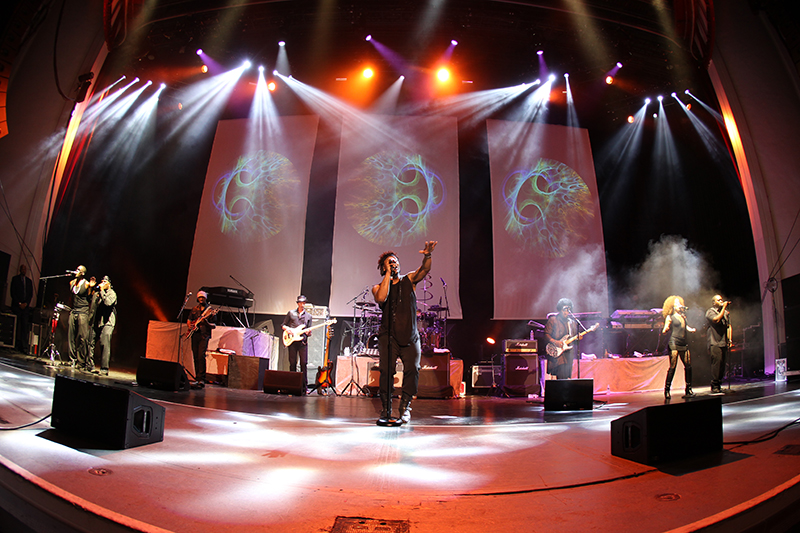
Alan & Todd: The Staples
Since 2004, he’s been touring with Alan Parson. “That’s a great tour, because it’s all really nice people who treat me like family,” Thomas says. “We just did a show in Orlando at a venue down from my house, and after this sold-out show, Alan, his wife, the band and the crew all walked over for a house party.”
Since 2010, he’s also been lighting Todd Rundgren, working with another great, Parnelli Visionary honoree Howard Ungerleider, who provides lighting and lasers for the shows. The Rundgren connection allowed him to work on the recent historical Utopia Tour, which was 33 years in the making. As is often the case with Rundgren, the original lighting and set design plans were compromised by budgets, particularly when they looked into creating the famous “pyramid” of the 1977 Ra tour. They settled on two different sets divided by the intermission and relied on LED video to recreate some of the iconic looks. He adds that 12 Robe Pointes and six Robe Spiiders add the dynamics, while the 120 Elation Sixpar 200 LEDs do the bulk of the work of recreating a “throwback” look.
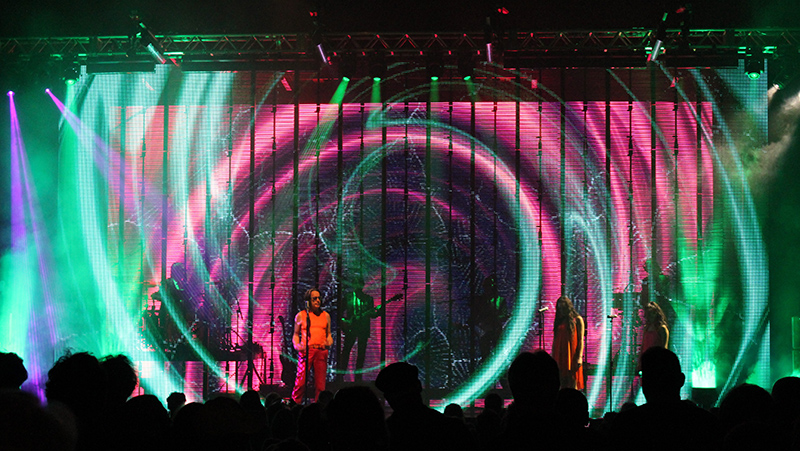
With that in his rear-view, Thomas continues to be busy (his calendar is already booked until June of 2019). He’s happy to be a “working stiff” in a business that tends to glorify big artists and audacious budgets. His skillset includes what’s really important: being able to do more with less, and working out the vision of the tour no matter what room he ends up for a show. “My advice to those walking into this business right now is to say, just work with artists who inspire you. If you have a vision that you can bring to the stage, try to find an artist that fits. It is better for your artistic capabilities to be with an artist that appreciates what you’re doing.” Today, Thomas is content. “My mentality is, I want to work for good people.”



